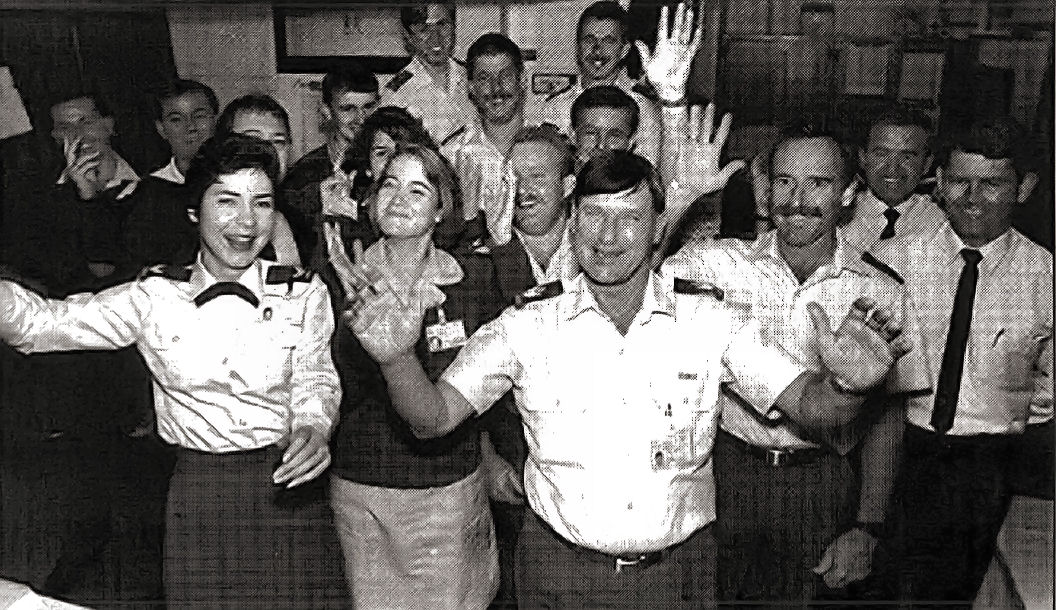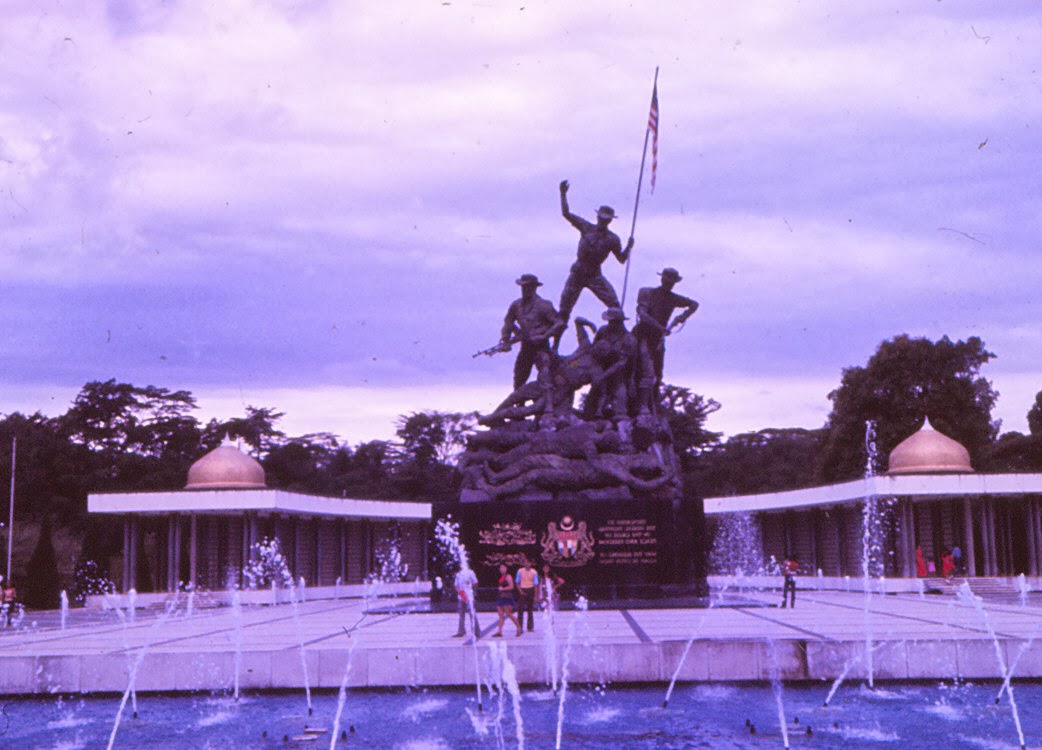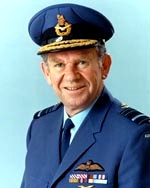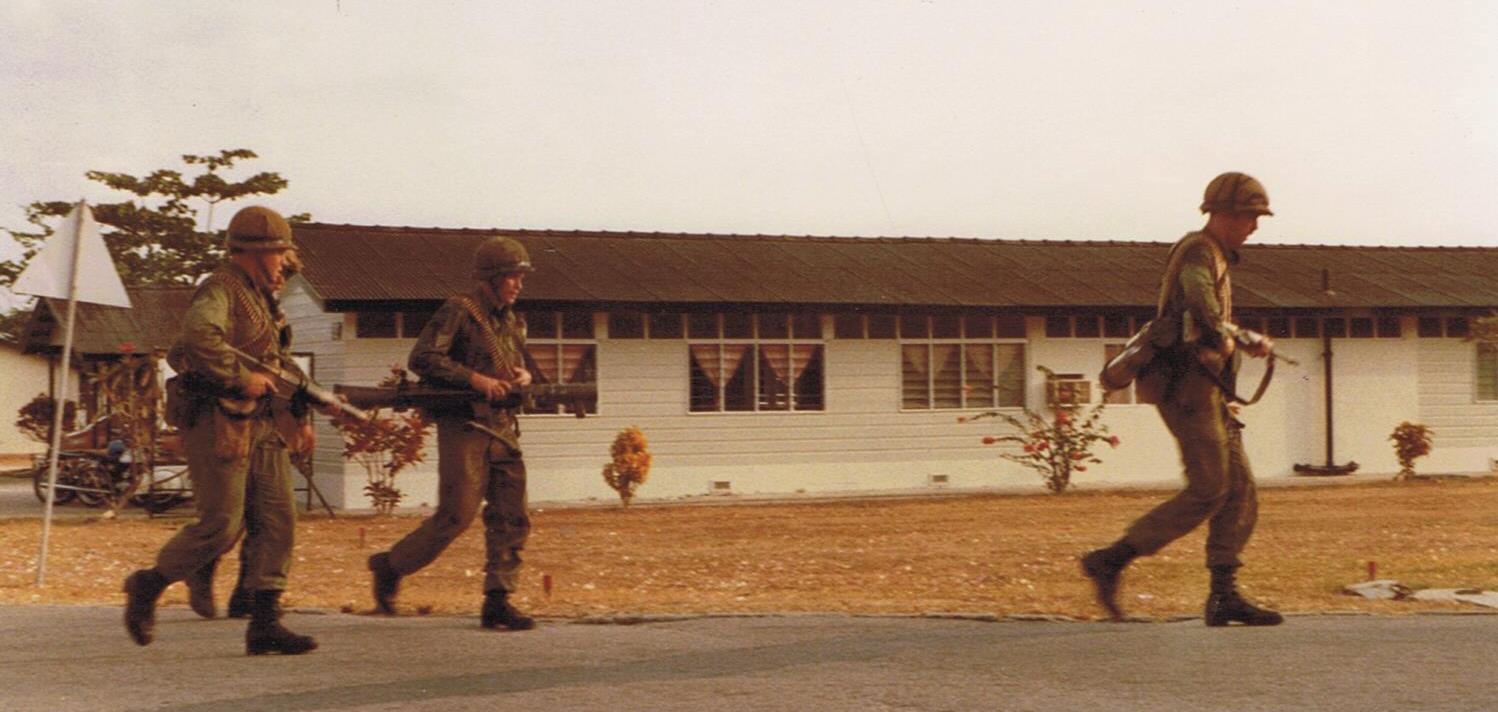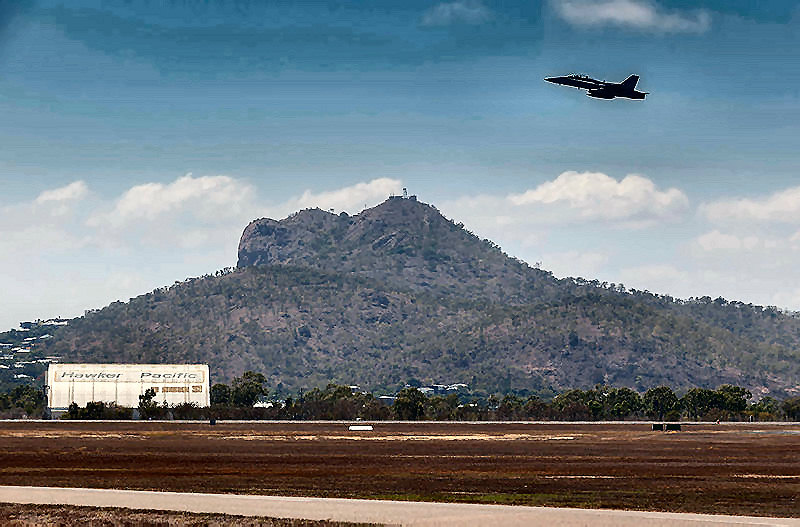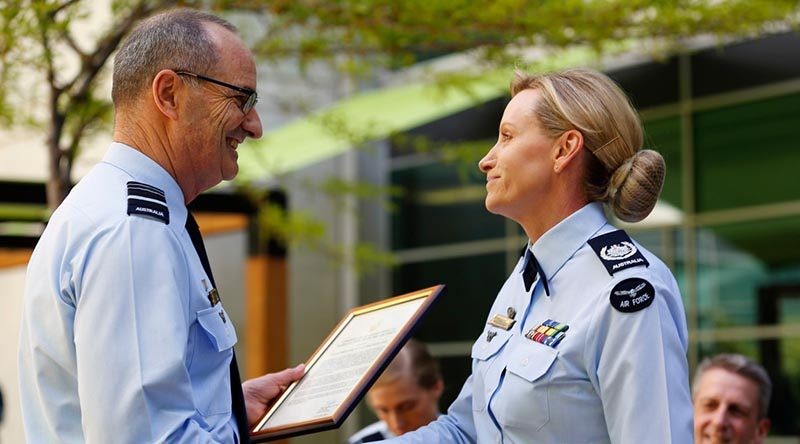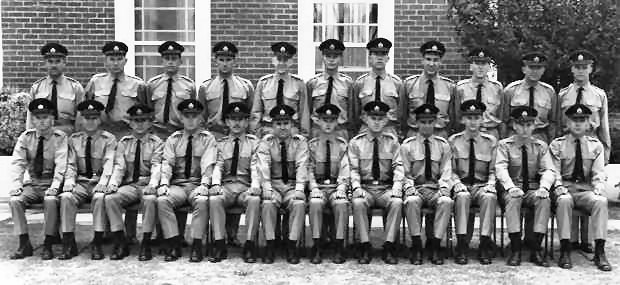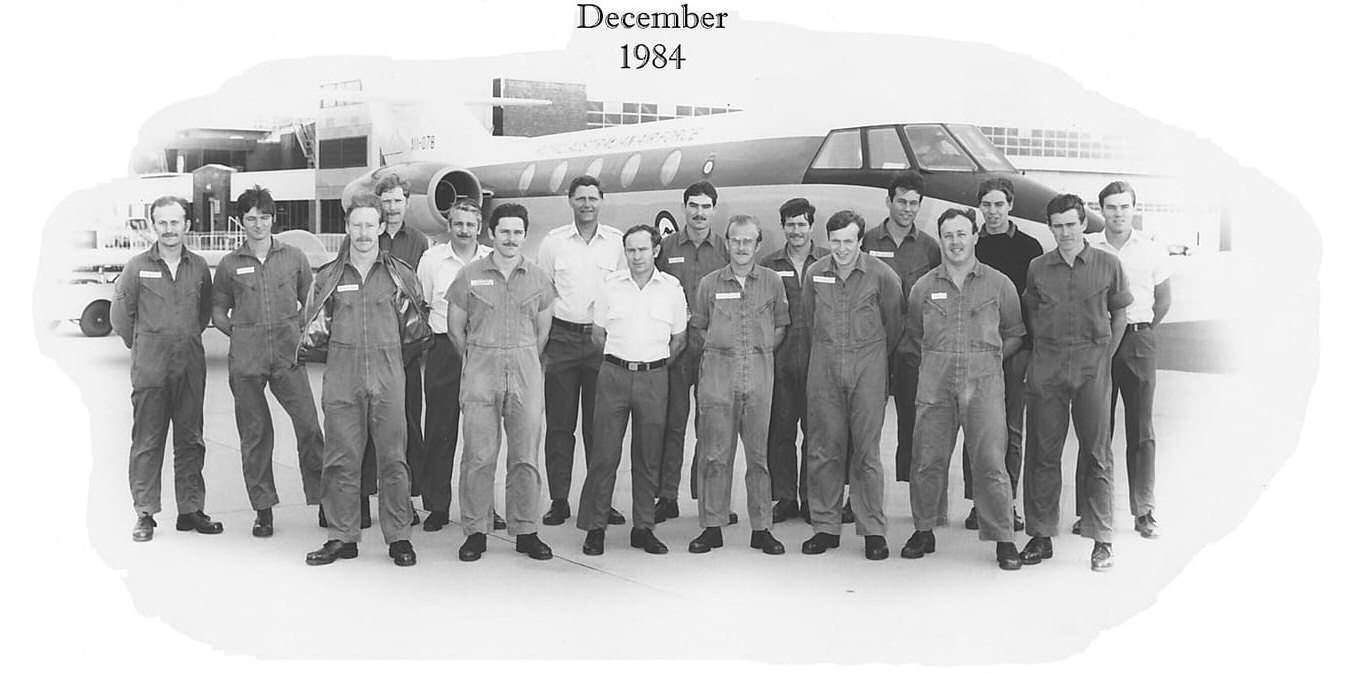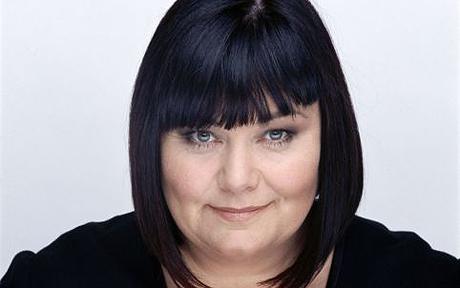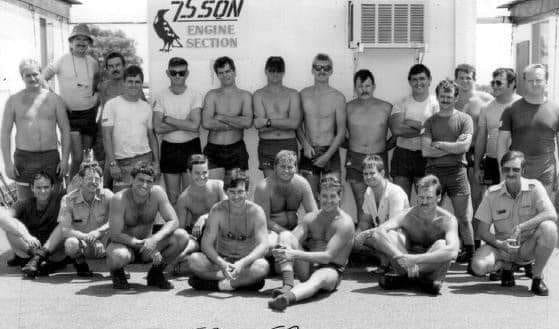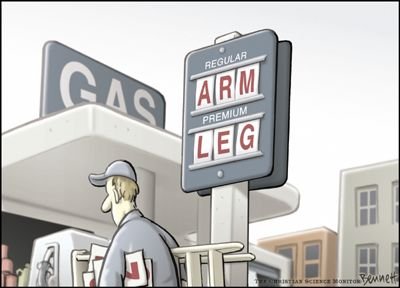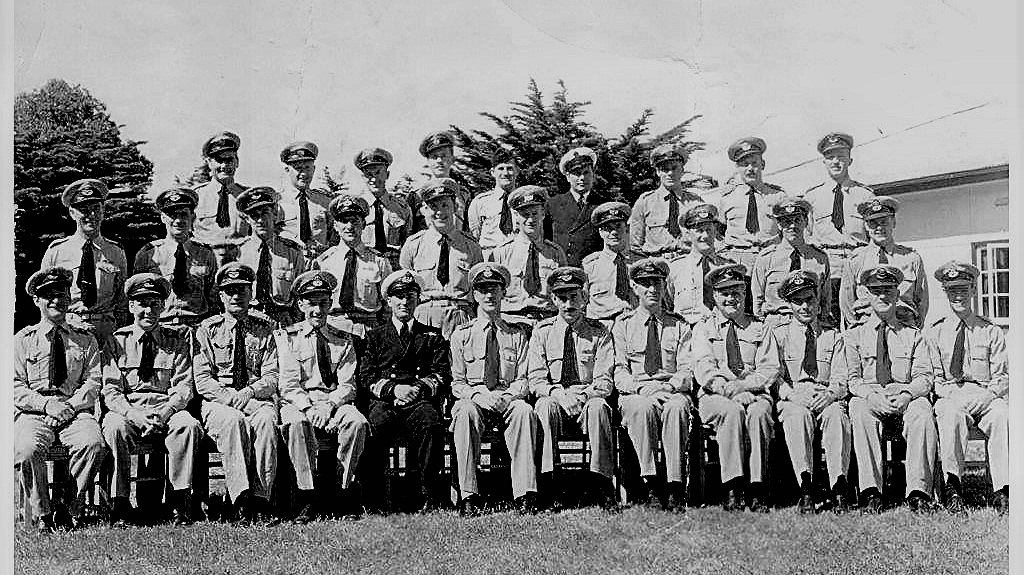|
||
|
Privacy Policy | Editorial Policy | Profit Policy | Join the Association | List of Members | Contact us | Index | Links |
||
|
Back Go to page: 1 2 3 4 5 6 7 8 9 10 11 12 13 14 15 16 17 18 19 20 Forward
|
||
| Contents.
1 FTS Point Cook staff - 1952. Alternative Pilot training during Vietnam. History of the Canberra Comm Centre New Warrant Officer of the Air Force. Remembering families in Butterworth.
|
||
|
Alun Rees got in touch, he says:
ZCZC Since leaving the RAAF in 1998 and taking up gigs in the Defence Signals Directorate (later Australian Signals Directorate) and retiring from there in March this year (and Defence in general), it has been good to find the Radschool site and to look back fondly at the early years, the anecdotes, and those that paths have crossed.
During one of my reads, I noticed that there was a photo which you were seeking more information on as little was known except it was a bunch of COMMSOPS waving at the camera.
|
||
|
|
||
|
Not sure if anyone replied or filled in the blanks, but being one of those in the photo thought I would respond. The photo is the final staff on the closure of 77 Commcen RAAFSU Canberra in June 1992. Most in the photo ended up being posted to the new Joint Commcen Canberra, which comprised RAAF, RAN and Public Servants - it made an interesting mix at times.
The names are, left to Right: CPL Alun Rees, CPL Andrew Hyde, A/CPL Barbara Gainza, LAC Andrew Hughes, LAC Chris Whittington, LACW Janet Sreckov, ACW Michelle Sorenson, LAC Barry Haycock, CPL Mark Nixon, CPL Pete Jordan, CPL Bruce Bell (back), CPL Paul Gaynor (middle), FSGT ‘Paddy’ Templeton (SNCOIC COMMS), FLGOFF John Polmear (OICCOMMS), SGT Dave Mitchell, and, SQNLDR Dave Mitting (CO RAAF Support Unit Canberra).
To go with the photo I have also included a copy of the wonderful work that Pete Jordan did in researching the history of RAAF Comms in Canberra leading up to the final photo, split into six parts due to email server size restrictions (sixth part sent separately) - it's just good that the rest of the community has access to the history before it’s lost”.
NNNN
(Thanks Alun - we’ve combined the files and you can download the complete story HERE)
Remembering families Australia placed in harm’s way.
Ken Marsh
The National Monument in Kuala Lumpur remembers those who served in the two world wars and the Malayan Emergency. It was bombed by Insurgents in 1975
|
||
|
|
||
|
Australia made a significant commitment to Air Base Butterworth over the 30 year period 1958 - 1988. Throughout the period Australian service personnel were accompanied by their families. These years included the final phase of the Malayan Emergency of 1948-1960, the Indonesian Confrontation of 1963-1966 and the Second Malaysian Emergency (SME) of 1968-1989. At different times throughout this period families were exposed to threats not experienced by families in Australia, including threats normally associated with military members in a conflict zone.
While the focus of this article is RAAF families in Butterworth and Penang during the SME it should be remembered that prior to the withdrawal of other Australian military forces from Malaysia and Singapore in the early 1970s military members posted to those countries were accompanied by their families. Also acknowledged are Australian school-teachers serving at the RAAF School Penang and their families. There may also have been other civilians associated with the military that I am not aware of.
Air Base Butterworth is located in Province Wellesley, or Seberang Perai, opposite Penang Island and is part of Penang State. A pre-war base it was established by the RAF as one of its Far East bases. In 1955 number 2 Air Field Construction Squadron RAAF commenced a two-and-a-half-years upgrade of the facility. Although ownership remained with the RAF it was placed under RAAF control in July 1958. Ownership passed to Malaysia in March 1970 although it remained under Australian control until June 1988.
On the 17 June 1968 the Malayan Communist Party (MCP) launched the second phase of its armed insurgency against Malaysia and Singapore when it ambushed a security force convoy in the Thai border region. Seventeen police officers were killed in the attack. In a report dated 27 April 1971, Security of Australian Personnel and Assets, Air Base Butterworth, Wing Commanders Downie and Barnes described the political and security situation in the country since the end of the Emergency. The general political and security situation in Malaysia has been unstable since the period of the Emergency. The riots of 1967 and 1969 culminating in the formation of the National Operational Committee has been an indication of the measure of this condition. Dissient action in the Kulim district has drawn attention to the possible vulnerability of Butterworth. The paper Strategic Basis of Australian Defence Policy, October 1975, at paragraph 89 saw the sub-region of Malaysia, Singapore and Indonesia as being now more exposed to external exploitation of political instabilities, with each having major sources of disaffection. Specific to Malaysia is the following comment:
In November 1967 Penang erupted into almost two months of violence and bloodshed. In the lead up wages had fallen 12% compared to the national average, the Confrontation had adversely affected exports to Indonesia, a two percent surtax imposed by the Federal Government on Indonesian goods re-exported from Penang placed it at a disadvantage to other places, such as Singapore, and Penang lost its free port status in 1967. Businesses were struggling to survive and unemployment rates were soaring.
Against this background the Malaysian Government introduced a new currency (the Ringgit) to replace the Pound Sterling without a stipulated phase in period. Transition from the old to new was meant to maintain the value of the old but following a British decision to devalue the pound its value reduced by 15% against the Malaysian dollar. This particularly affected low income groups who didn’t have bank accounts and kept their savings in the old currency. The devaluation burden, which the government should accordingly have shouldered by itself, fell upon those who could least afford it.
|
||
|
|
||
|
What followed was meant to be a peaceful protest when businesses were encouraged to cease trading. At a time thugs ruled most of Georgetown’s streets and violence erupted between the Chinese and Malays. Businesses were attacked, bus companies withdrew their services to avoid further damage, 8 lives were lost and 137 injured. Curfews were imposed and police and army patrolled the streets.
Less than two years later the nation was again thrown into turmoil following the release of the 1969 election results on May 19. Following significant gains by the opposition violent clashes occurred between elements of the Chinese and Malay communities. Houses, cars and businesses were torched with official figures recording under 200 deaths although unofficial figures estimate somewhere between 800 to 1000.
The Government responded by declaring a nation-wide State of Emergency and suspending Parliament. While the violence was mainly restricted to Kuala Lumpur minor disturbances also occurred Penang, Singapore, Malacca and Perak.
In March 1970 the Provisional Parents and Citizens Association, RAAF School, Butterworth wrote to the Staff Inspector, NSW Department of Education. The purpose of the letter was to seek the establishment of a mainland school for the some 250 children who travelled by bus and ferry to the RAAF School on Penang Island. Parents had a number of concerns, including the early start for young children, travel time, heat and humidity and the unpredictability of delays with the ferry services. Also of concern was the Emergency then in place:
Added to the risk of civil unrest and its potential for violence was the threat posed by the communists. The Straits Times of 25 April 1970 reported the death of six year old Katty Salter in Singapore. Katty was killed and her nine year old friend Peter Neil injured when they stood on a boobytrap planted in a playground by communists. Both fathers were British servicemen no doubt part of the ANZUK forces then in Singapore. As Australian military families were also in Singapore at the time it is conceivable the casualties could have been Australian children.
Australia’s Joint Intelligence Organisation, in its 1975 assessment of the security of Air Base Butterworth, identified a ‘distinct threat’ from booby-traps and the like to the Australian community at Butterworth.
Note the assessment identified dependents of servicemen as potential targets. In fact, as the assessment considered an attack within the Base could result in the detection of the enemy and increased security with no significant gains for the CTO cause it is reasonable to conclude that those in the married quarters adjacent to the Base were exposed to a higher risk.
The assessment also considered the possible threat of the kidnapping and murder of Australian personnel and their families.
With the wisdom of hindsight it is easy to dismiss this assessment. Good planning has always considered and evaluated all possible risks, or threats. In this case no one could know if the factions planned to carry out such an action until someone had been killed or kidnapped and this may have happened without any warning. Australia service members and or their dependents could have been victims.
Other developments in 1975 gave reason to reconsider the security of Butterworth. On 7th October the Chief of Air Staff, Air Marshall James Rowland (right) advised the Minister of the possibility of rocket and mortar attacks on the Base. Regarding an upcoming meeting with the Malaysian Prime Minister the CAS requested the Minister to ask that at least one Malaysian battalion be allocated to secure the area immediately surrounding Butterworth. It was considered at least two battalions would be required to provide adequate defence.
A week later, on 14th October, the Deputy Chief of Air Staff, Air Vice Marshall N.P. McNamara advised DJS re. Butterworth security:
Of interest are the comments in a first draft Brief for DCAS Concerning Security of Butterworth. This considered any attack on the base would result in the agitation for at least dependant families to be evacuated to Australia. Such action would be politically advantageous to the CTs and potentially damaging to Australia’s prestige in SEA. A similar situation was considered likely if there were any increase in the level of defence preparedness including signs of defensive works against rocket attacks.
All the evidence shows Australian authorities at the time believed there was a real threat to Defence families in the Butterworth region in the 1970s, both from civil unrest and terrorist activity. While plans for family security may have been considered satisfactory there could be no guarantees they were fool proof. Families were free to move around the country and therefore could not always be protected from an enemy that had placed booby-traps in a children's playground or who may choose to kidnap or murder foreign citizens.
In this context it is worth reflecting on the statements of Justices Mohr and Clark in 2000 and 2003. In essence Justice Mohr ruled that a veteran is entitled to the Service Pension if he or she has incurred danger from hostile forces of an enemy. Whether or not the veteran incurred danger must be determined as an objective fact, existing at the relevant time, bearing in mind both the real state of affairs on the ground, and on the warnings given by those in authority when the task was assigned to the persons involved. Mohr established this objective danger existed if either of two conditions are met:
Clarke concurred with Mohr.
Consistent with the principles enunciated by both Justices it was not only Army and RAAF members who were sent into harm’s way, or danger during the 1968-1989 period. It was also considered that RAAF families at Butterworth were vulnerable to attack.
Despite the evidence, Defence maintain service at Butterworth is properly classified as peacetime service. “I am satisfied that the extant peacetime classification for ADF service at Butterworth between 1970 and 1989 remains appropriate” Vice Admiral R.J. Griggs.
While my focus has been on the period 1968-89, the period known as the Second Malaysia Emergency, military families were present in Malaya/Malaysia and Singapore during two periods recognised as active service, the Malayan Emergency and the Indonesian Confrontation. Both the 1967 and 1969 race riots clearly demonstrate exposure of families to what must have been rather anxious times for those that lived through them. The murder of a six year old British girl by communists in 1970 clearly demonstrates the real threat to civilians, including service families, throughout the Peninsular at the time.
These families deserve recognition as they also served our nation.
About the author:
Ken joined the RAAF in 1967 as an apprentice and trained as an engine fitter. He completed 20 years service, five of those at Butterworth (Sept 1971 to Mar 1974, Jul 1977 to Jan 1980). While his recollections of those days are vague he clearly remembers being warned of the dangers of booby traps and told that the Malaysian Air Force operating from Butterworth were bombing Chin Peng [the Communist leader] out there in the jungle somewhere soon after arriving in 1971. He also recalls armed police roadblocks in the town of Butterworth during his second tour and reading reports of actions against the communists in the local papers. In 1969 the Malaysian Government imposed a state of emergency and nationwide curfews following race riots in Kuala Lumpur in 1969 and he was aware of those tensions still bubbling away below the surface in the 1971-74 period.
Since departure from the RAAF he has completed both a Graduate Diploma and Masters Degree in OHS with the Faculty of Medicine and Health Sciences at the University of Newcastle and over the last eight or so years done considerable research on the matter of Butterworth. He has accessed and retains files from the National Australian Archives, the Australian War Museum, academic theses, newspaper articles and more.
|
||
|
An Aussie and a Maori walk into a bakery. The Maori steals three pastries and puts them in his pockets. He turns to the Aussie and says, " Pretty slick eh bro ? The owner didn't even see me." Unimpressed, the Aussie replies, "Typical dishonest Maori. Mate I'm gonna show you the honest way and still get the same result." The Aussie calls the owner of the shop and says, "Mate, I want to show you a magic trick." Intrigued, the owner obliges. The Aussie asks him for a pastry, which he promptly eats, then asks him for another, and he eats that too. He asks for a third pastry, which he eats also. By now, the owner says, " C'mon mate, where's the magic trick ? " The Aussie replies, pointing to the Maori, " Check his pockets . . . " |
||
|
|
||
|
The RAAF Vietnam Lunch Club had their final get together for 2019, at the Jade Buddha in Brisbane. Members will get together again in February next year, if you'd like to join let John Sambrooks know - click HERE. Membership is free and the meetings are held (normally) on the second Thursday of each month.
|
||
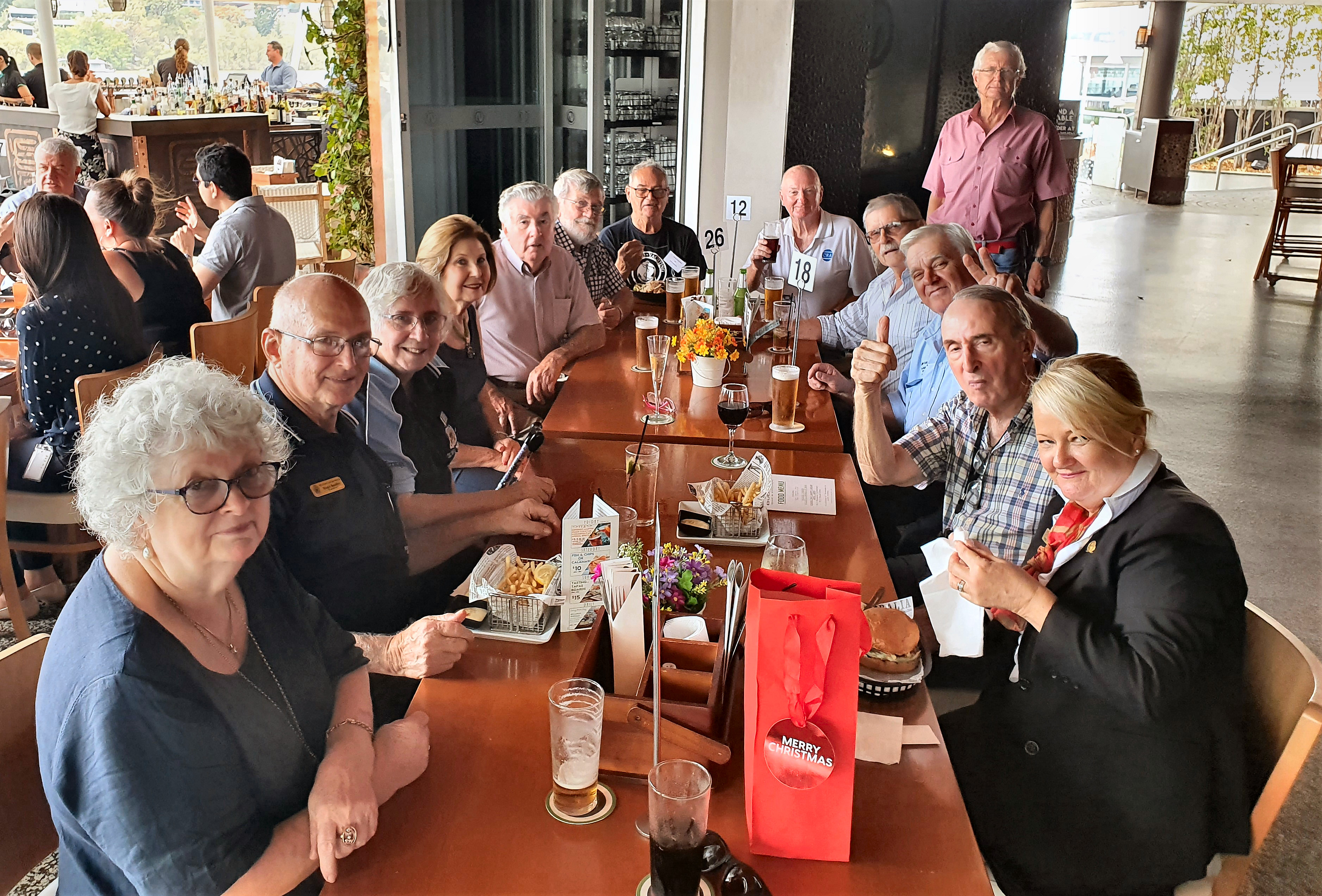 |
||
|
L-R: Sue Trimmer, Stu Bradley, Lucy Bradley, Robyn Pedrina, John McDougall, Dick Meisenhelter, John Cameron, Stu Cooper, Peter Johnson (standing), Rod 'Rodus' Adam, John Sambrooks, Jeff Pedrina, Jennie McIntosh. |
||
|
Australia’s next generation of fighter pilots and E-7A Wedgetail aircrew returned to Townsville to participate in Exercise High Sierra 2019.
The crews from No. 2 Operational Conversion Unit and No. 2 Squadron at Williamtown will face some difficult training during the final phase of their six month operational conversion courses.
Up to 14 F/A-18A/B Hornets, six Hawk 127 Lead-in Fighter, three PC-9A aircraft and two E-7A Wedgetail surveillance aircraft, headed north for a few weeks in the sun at Townsville.
The exercise allows Air Force to maintain its key capabilities such as the performance of precision strike missions, airborne Command and Control and Air to Air Refuelling skillsets. It also provides participants with highly-complex air combat training opportunities and tests deployable capabilities.
The Exercise comprises the last three weeks of the F/A-18 A/B Hornet operational conversion course, which is the final phase of fighter pilot training transitioning from the Hawk 127 Lead-in-Fighter aircraft to the F/A-18 Hornet as well as the final phase of the E-7A operational conversion and upgrade courses, graduating E-7A qualified Air Battle Managers, Electronic Support Measures Operators and Pilots.
Commanding Officer of No. 2 Operational Conversion Unit, Wing Commander Scott Woodland, said Exercise High Sierra represents vital training for the next generation of Air Force fighter pilots. “The Pilots need to achieve an extremely high level of skills to fly a complex aircraft and then make decisions to use weapons in fractions of a second.”
|
||
|
|
||
| “We’re delighted to return to Townsville. The facilities and challenges for our pilots are exceptional and the support we receive from the local community is simply brilliant,” he said.
Noise reduction and the environment are vital considerations in the planning and conduct of military flying and Air Force appreciates the support it receives from the Townsville community during this activity.
As a thank you for their support, on the 28th November, the Air Force treated the community to a fly-past from north to south along the Strand at Townsville. Ten F/A-18A/B Hornets conducted a formation fly-past at a height of 1000ft and at a speed of 550 kph, before completing a pass of Castle Hill and returning to base. It was a great thrill for the populace and the aircrew didn’t mind it either.
|
||
|
|
||
| This will be the last time that 2OCU will bring the F/A-18A/B Hornet to Townsville before transitioning to the F-35A Lightning II. The F/A-18 will be retired from 2021.
Altn Pilots Courses during Vietnam.
Alf Allen writes, In my capacity as a former RAAF pilot (67 Course) I find your Course listings very helpful for putting faces to names, etc. There is, though, one cohort which has slipped through the cracks principally because so few are aware of its existence. During Vietnam there was a mighty increase in pilot training, but still the RAAF could not meet its target number of graduates, so some small batches were sent to the UK for this training. I became aware of this process as the first graduate batch to be posted to WLM joined me on Sabre OCU. Following are the chronological and alphabetical listings of these graduates.
Click HERE to see those that started the course, and HERE to see those that graduated.
|
||
|
The newly appointed Warrant Officer of the Air Force.
A changeover ceremony for the role of Warrant Officer of the Air Force (WOFF-AF) was held in Canberra on 6 November. |
||
|
|
||
|
Pic Corporal Veronica O’Hara.
Chief of Air Force Air Marshal Mel Hupfeld congratulates Warrant Officer of the Air Force Fiona Grasby on her appointment as the ninth WOFF-AF, during a changeover ceremony at Russell Offices, Canberra. Former WOFF-AF Rob Swanwick handed the reins of influence to Fiona.
With hundreds of Defence members in attendance, the changeover ceremony signified the passing of responsibility for the role tasked to represent the Air Force-enlisted workforce in the Defence Senior Leadership Group.
The Warrant Officer of the Air Force is a position that is not a command – it’s a position that provides leadership through influence – it’s a position that also provides advice and support and enables command across the whole of our Air Force.
Former WOFF-AF Rob Swanwick served in the position since 2015 – a fitting end to his 40-year Air Force career.
As part of the Defence Senior Leadership Group, WOFF-AF represents the enlisted workforce, provides advice and assists the Chief of Air Force and commanders on the morale, work life and general welfare of the airmen and airwomen.
It is interesting to note that at about the same time Navy also appointment a female to the position of Warrant Office Navy (see HERE). Surely these women were not selected due to their gender as many would suggest.
Warren Turner sent us this, he’s a bit short on a few names, can anyone help? |
||
|
|
||
| Back Row L-R: Hal Baurlei, Don’t know, Bob Pearson, John Cox, Don’t know, Bill Broadbent, Bab Watling, Don’t know, Don’t know, Stan Strauhan, Geoff Morgan.
Front Row L-R: Ross Ginn, ?? Chapman, Mick Danos, Colin Slee, Warren Turner, Noel Shales, Bill Brown, Graham Knight, Ric Karabyn, Keith Turner, Len Lotz, Glen Ireland.
|
||
|
|
||
|
Back Row L-R: Gordon Ings, Ian Reed, Mick Corlis, Eric Rose, Paul Dimmer, Dennis Odri, Dave Denahy, Bruce Bellamy, Shane Jarvis, Brad Davis.
Front Row L-R: Greg Gay, Chris Laban, Danny Dwyer, Peter Henrick, Wayne McClaggan, Paul Newton, Phil Van Dyjk.
|
||
|
RAAFA Publications released the spring-2019 and the Summer-2019 editions of their Wings Magazine. They are a a great read and you can download a copy below:
.
|
||
|
|
||
|
|
||
| Standing L-R: Peter Green, Jim Bishop, Steve Osborne, Greg Wilkes, Jim Wilson, Mick Flewell-Smith, Nev Engler, Skeeta Josey, Greg Adam, Joe Fraser, Henry Ford, Tony Woolfe, Doug Peace, Simon Harrod.
Seated L-R: Stu Foote, John Smith, Patto Patterson, Geoff Shrimski, Blinky Blenkinsop, Mark Ferguson, Virus Verevis, Mouse Banks, Dave Stoneham, Mick Krink.
|
||
|
How true? |
||
|
|
||
|
|
||
|
Back Row L-R: Don't know, don't know, don't know, don't know, don't know, don't know, Cpl Cowden, W/O John Carter, don't know, Middle Row L-R: Don't know, don't know, F/L Basil Rachinger, F/L Turner, W/O Walker, W/O Reg Wood, W/O "Avro" Anson, don't know, W/O "Snooker" Tooth, don't know. Front Row L-R: F/L Ted Whitehead, F/L Tom Murphy, don't know, F/L Caryl "Nobby" Noble, Lt Cdr Nunn, W/C Bob Thompson (CO 1FTS), S/L Vernon "Slam" Sullivan (CFI), S/L Bill Coombes (CGI), don't know, F/L Gordon Zantuck, don't know, P/O Kevin Foster.
|
||
|
TOMORROW: One of the greatest labour saving devices of today. |
||
|
|
||
|
|

